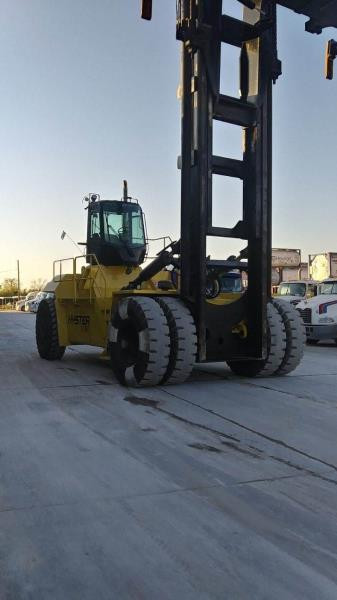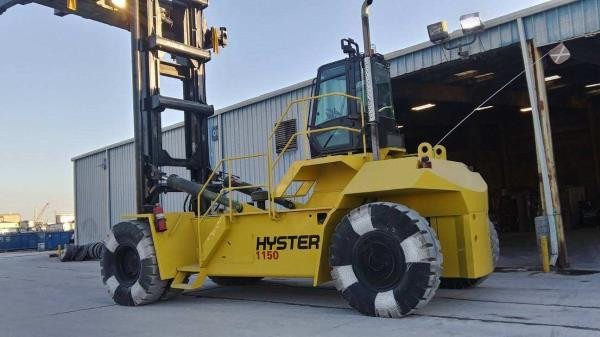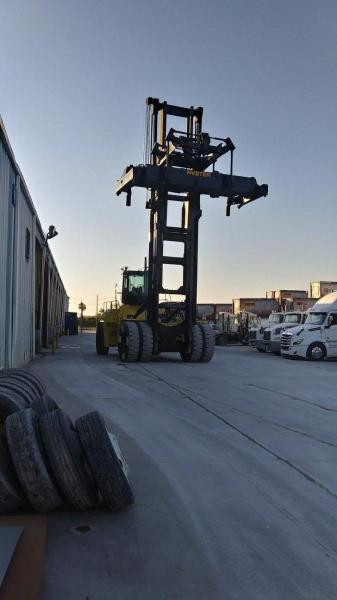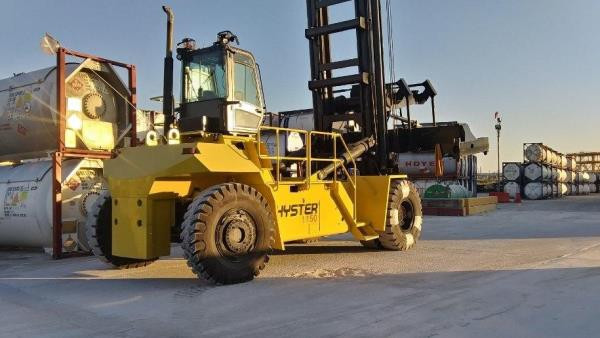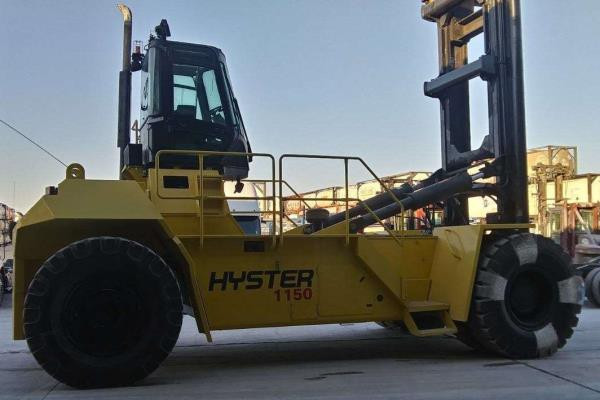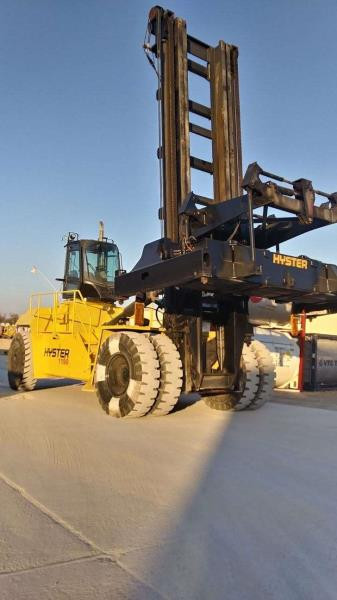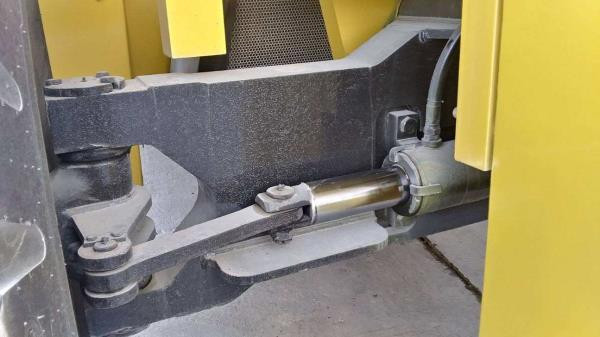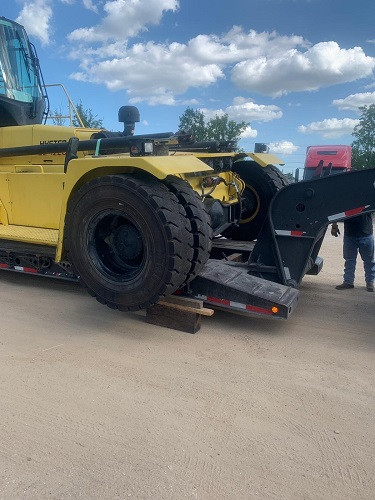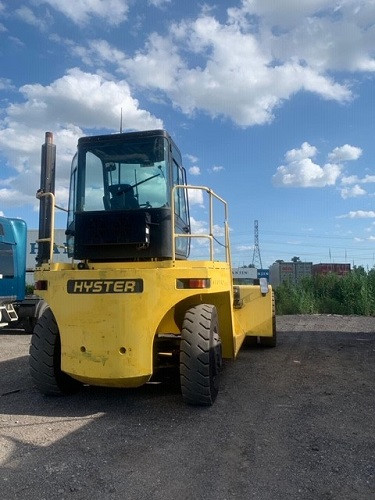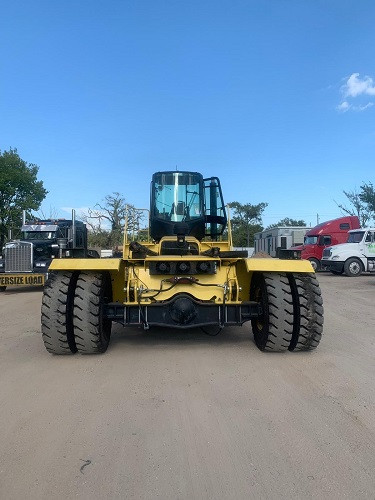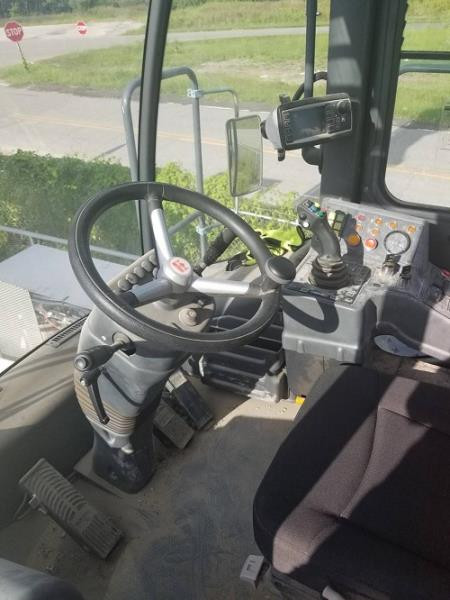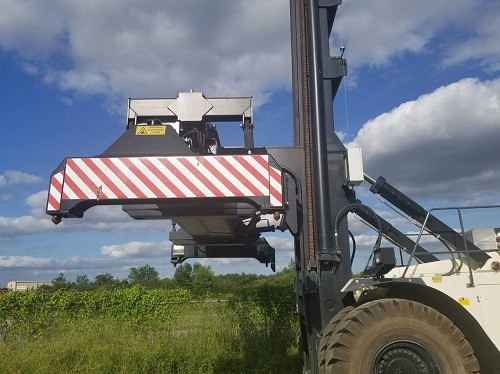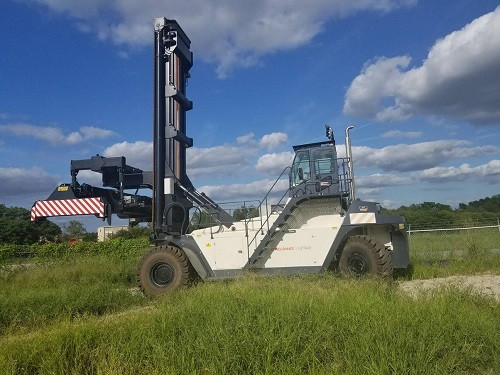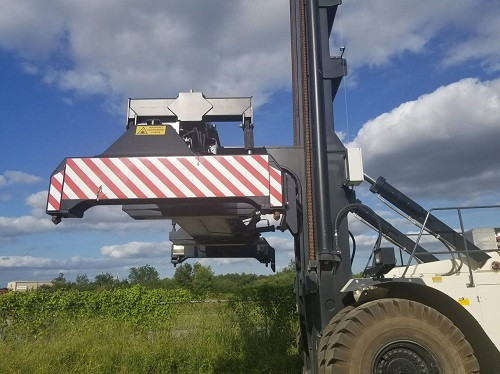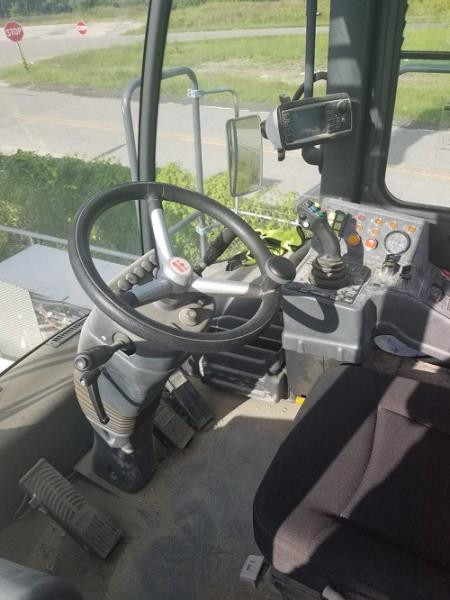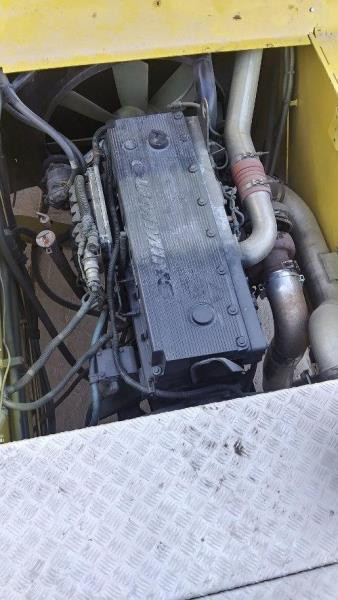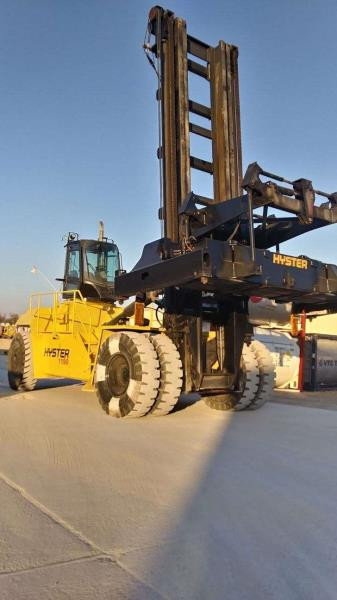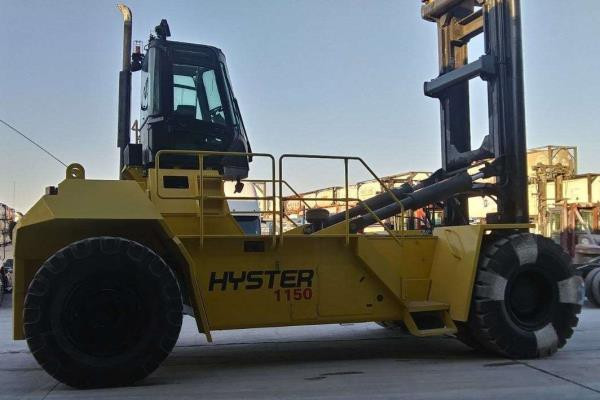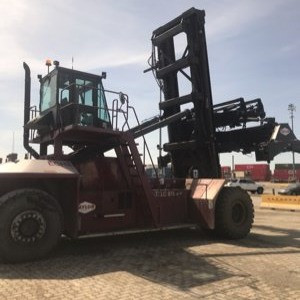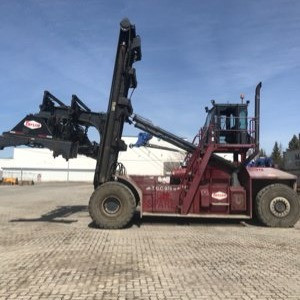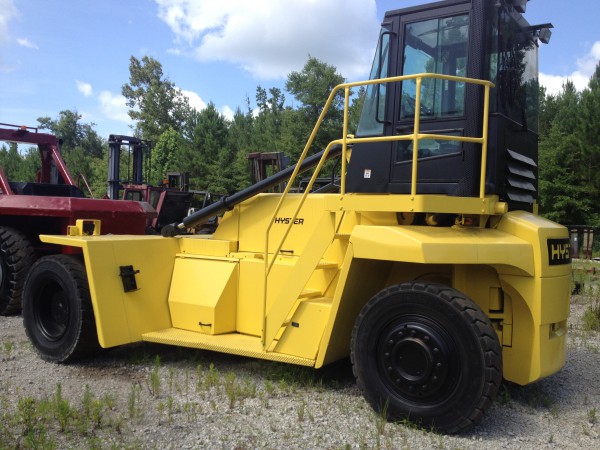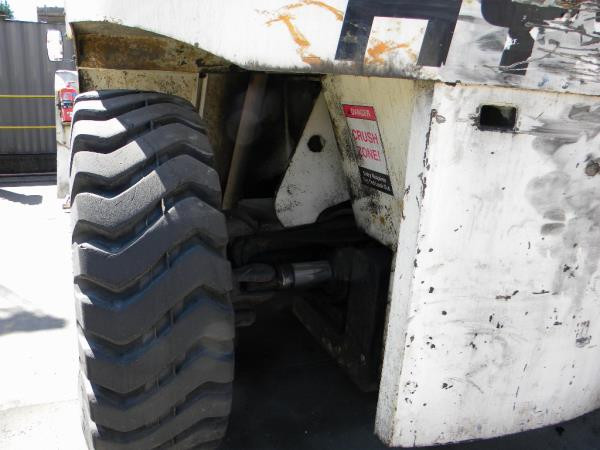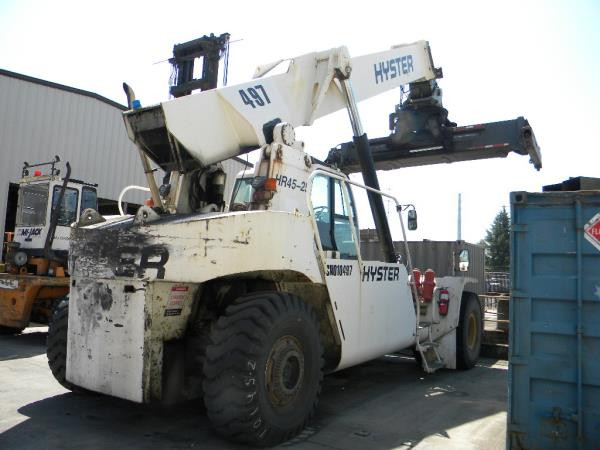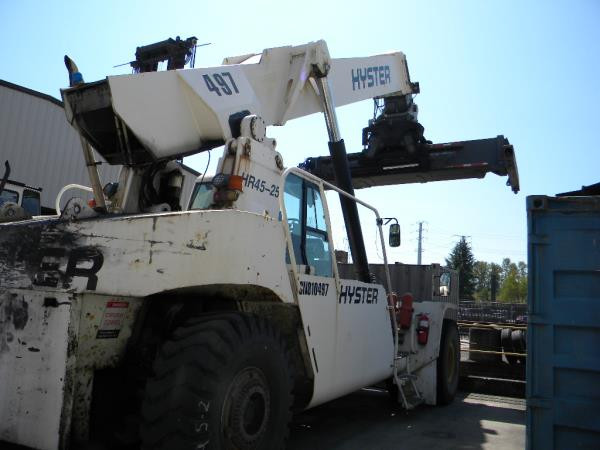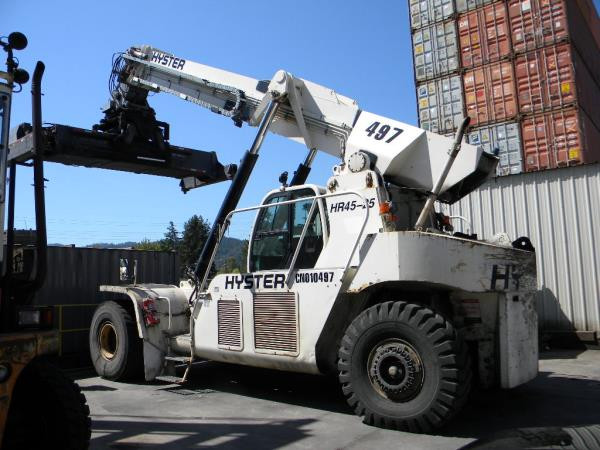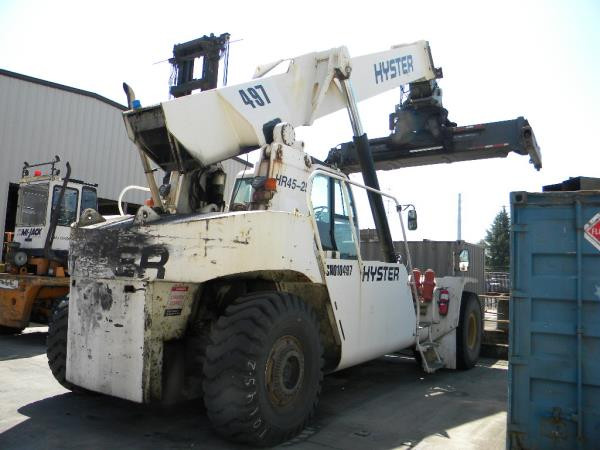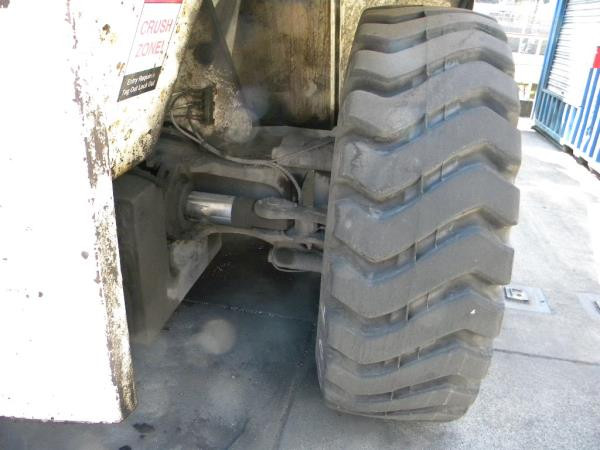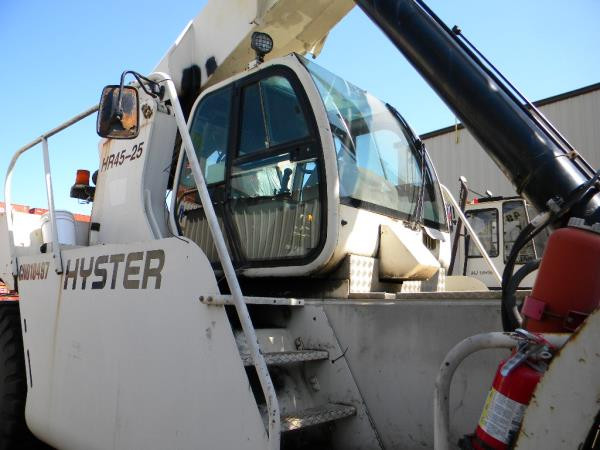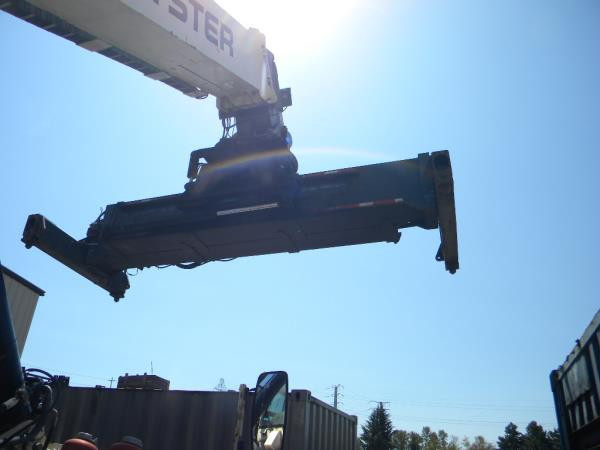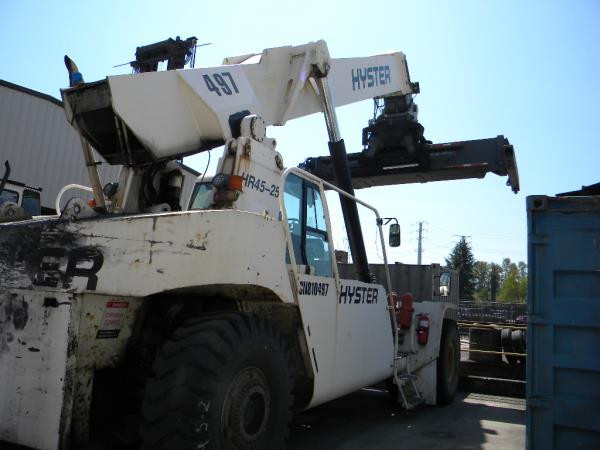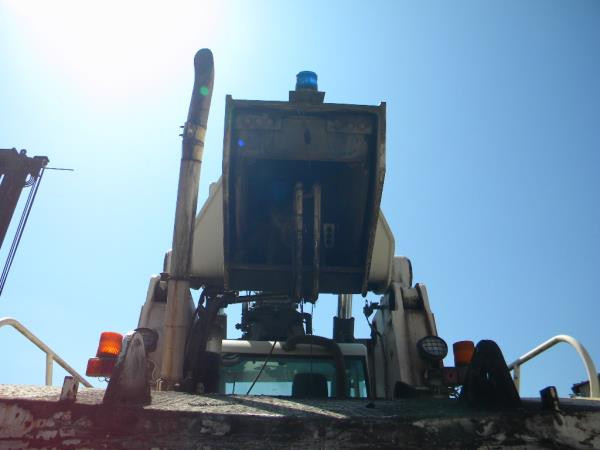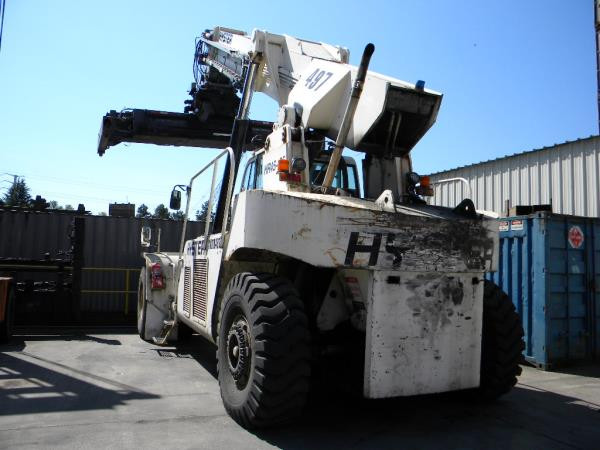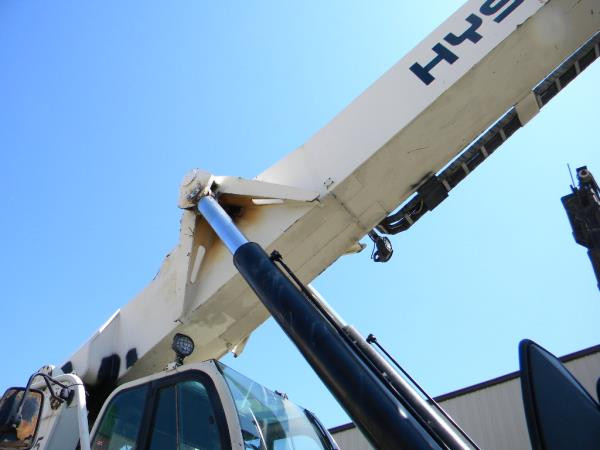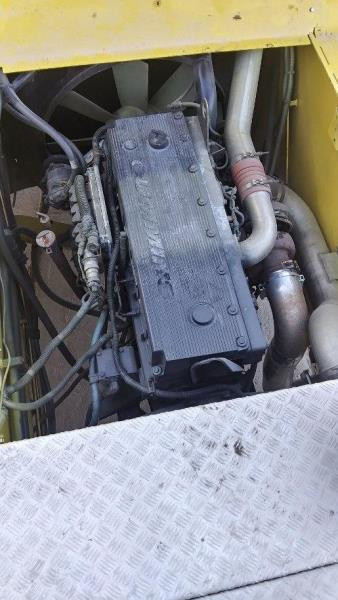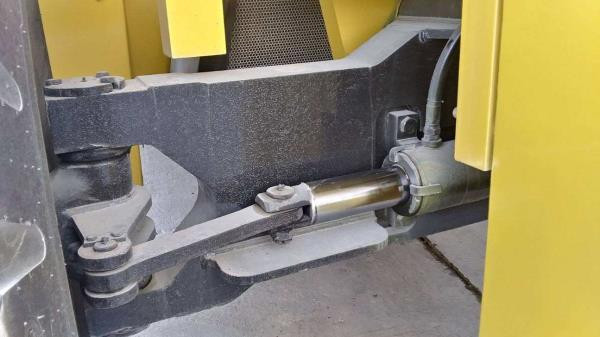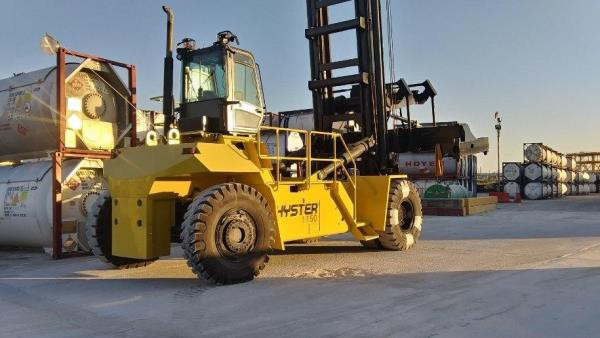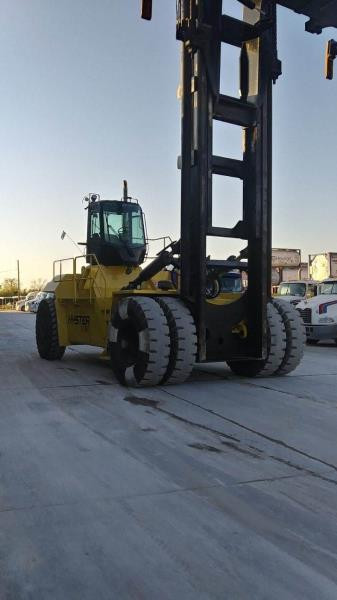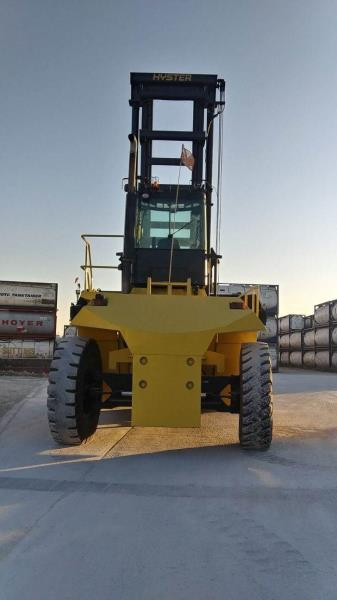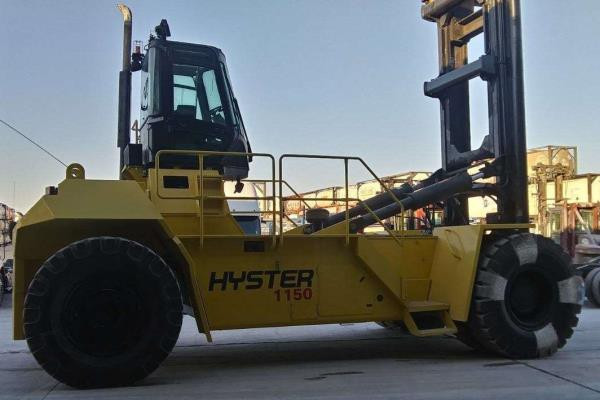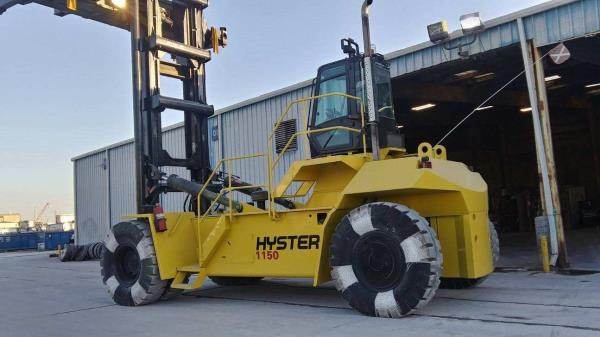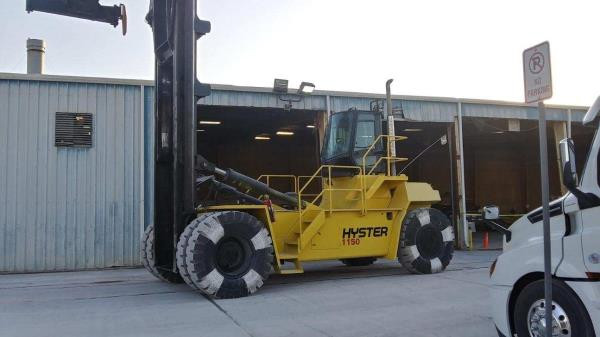Container Handler Ventura
Used Container Handler Ventura - Container handlers, also known as cargo ships and container ships transport their load in a large intermodal container. This type of shipping is called containerization and it is a specific kind of freight transport that carries non-bulk types of seagoing cargo. Container ship capacity is measured in units that are equal to 20’ equivalent loads. The majority of typical loads consist of a mix of 40-foot containers and 20-foot containers. Roughly 90% of non-bulk items all over the world travel via container ships. These ships are one of the main oil tanker rivals due to their size as one of the biggest sea-worthy ships.
There are two main categories for dry cargo which are break-bulk and bulk cargo. Grain and coal fall into the bulk cargo category. They are often moved in their raw form, package-free in large volumes in the hull of the ship. Break-bulk cargo typically is made up of manufactured items that are shipped in packaging. Prior to containerization being invented in the 1950s, break-bulk materials were loaded, secured, unlashed and unloaded one piece at a time from the ship. When the cargo was grouped into containers, there were approximately 1000-3000 cubic feet of cargo that can be simultaneously moved after each unit has been standardized and secured. Efficiency has tremendously increased break-bulk cargo shipping. Thanks to these new systems, shipping time has been reduced by eighty-four percent and costs have come down by roughly thirty-five percent. In 2001, over ninety percent of non-bulk materials were recorded as being transported in containers.
In the 1940s, the first container ships were made from tankers that underwent conversion after World War II. Container ships do not rely on individual hatches, holds and dividers that are part of regular cargo ships. The hull of the container ship is similar to a sizeable warehouse that uses vertical guide rails to divide the area into cells. These cells have been engineered to hold the cargo in containers. Most shipping containers are constructed from steel; however, additional materials including plywood, fiberglass and wood are used. Designed to be completely transferred to and from trains, semi-trailers, trucks, coastal carriers and more, there is a variety of container types that are categorized by their function and size.
The entire shipping industry has been revolutionized by containerization, although, it did not start out in the easiest manner. Railway companies, ports and shippers were initially concerned about the extensive costs associated with building the railway infrastructure and ports required to accommodate container ships, along with moving the containers via road and rail. Various trade unions were skeptical about huge job loss with dock and port workers based on the assumption that containers would eliminate numerous cargo handling manual jobs among ports. After roughly 10 years of legal battles, container ships initiated international service. In 1966, a container liner service from Rotterdam to the US began and this transformed global shipping.
Container ships only take a few hours to be loaded and unloaded, compared to the days a traditional cargo vessel required. Along with cutting labor finances, it has shortened shipping times between ports to a large extent. Nowadays, it takes only weeks as opposed to months for items to be delivered from Europe to India and vice versa. Generally, there is less damage to materials thanks to less frequent handling. Securing loads properly also helps with less cargo shifting during transport. Containers are closed before shipping and opened once they arrive at their destination to prevent disruption, damage and theft.
There have been less shipping expenses and shipping time thanks to container ships which has increased international trade. Sealed factory containers now carry cargo that used to arrive in barrels, cartons, crates, bags and bales. Scanning machines work with computers to trace the product code on the contents. Amazingly, technology has advanced with this accurate tracking system to be so exact that a 2-week voyage can be timed for arrival with accuracy less than 15 minutes! This has helped with guaranteed delivery and manufacturing times. Raw materials show up in sealed containers from factories in under an hour prior to being used in the manufacturing industry; resulting in fewer inventory expenses and greater accuracy.
Shipping companies provide boxes to the exporters for loading merchandise into. Materials are delivered by rail or docks or a combination of both and then loaded into container handlers. It used to take huge groups of men and numerous hours to fit cargo into different holds prior to containerization. The ship relies on cranes either on the pier or installed on board to organize the containers accurately. More containers can be loaded onto the deck after the hull is loaded.
Efficiency has been one of the main design elements for cargo ships. Break-bulk ships may carry containers. Cargo holds that have been designated to cargo ships have been specially designed to enhance the processes of loading and unloading in order to keep containers safe while crossing the seas. The specialized hatch design allows openings from the main deck to access the cargo holds. A raised steel apparatus called the hatch coaming surrounds these openings that are found along the cargo hold breadth. The hatch coamings have hatch covers located on them. Until the 1950s, wooden boards and tarps were responsible for securing the hatches and holding down the battens. These days, hatch covers often consist of solid metal plates that are lifted on and off the ship with cranes. Additional hatch models use hydraulic rams and articulated mechanisms for closing and opening.
Another important cargo ship design feature is cell guides. These vertical structures are made of strong metal that is attached to the cargo hold on the ship. These guide containers into specific rows during the loading process and offer support during sea travel. Since the design of the container ship utilizes cell guides in such abundance, the UN Conference on Trade and Development relies on them to separate traditional break-bulk cargo ships and container ships.
There are three dimensions used in cargo plans to determine the position of the container on board the ship. The initial coordinate starts at the beginning of the ship and increases aft. The tier is the second coordinate, with the initial tier staring at the bottom of the cargo holds with the second, tier situated on top of the first and continuing on. Next, the third row forms the third coordinate. Rows found on the port side of the ship exhibit even numbers and those located on the starboard side are given odd numbers. Rows found along the centerline are given lower numbers and these numbers increase for slots situated further from the center.
It is possible for container handlers to carry twenty, forty and forty-five foot containers. The big containers will only travel and fit above deck. The forty-foot sized containers makes up ninety-percent of the shipping containers. Approximately 90% of the freight moves across the globe with container shipping. It is estimated that 80% of global freight travels with 40-foot containers.
Container Handler PDF
Stock Number: EQU016115 GL
Make: HYSTER
Model: H1150HD-CH
Year: 2006
| Stock Number |
EQU016115 GL |
| Make |
HYSTER |
| Model |
H1150HD-CH |
| Year |
2006 |
| Category |
Container Handler |
Stock Number: EQU010819 GL
Make: Hyster
Model: H450H-ECH
Year: 2012
| Stock Number |
EQU010819 GL |
| Make |
Hyster |
| Model |
H450H-ECH |
| Year |
2012 |
| Category |
Container Handler |
Stock Number: EQU015877 GL
Make: TEREX
Model: FDC500G5
Year: 2017
| Stock Number |
EQU015877 GL |
| Make |
TEREX |
| Model |
FDC500G5 |
| Year |
2017 |
| Category |
Container Handler |
Stock Number: EQU016116 GL
Make: HYSTER
Model: H1150HD-CH
Year: 2006
| Stock Number |
EQU016116 GL |
| Make |
HYSTER |
| Model |
H1150HD-CH |
| Year |
2006 |
| Category |
Container Handler |
Stock Number: 207186 GL
Make: TAYLOR
Model: TXLC-974
Year: 2013
| Stock Number |
207186 GL |
| Make |
TAYLOR |
| Model |
TXLC-974 |
| Year |
2013 |
| Category |
Container Handler |
Stock Number: 268847 GL
Make: Hyster
Model: H450H-ECH
Year: 1999
| Stock Number |
268847 GL |
| Make |
Hyster |
| Model |
H450H-ECH |
| Year |
1999 |
| Category |
Container Handler |
Stock Number: 268327 GL
Make: Hyster
Model: HR45-25
Year: 2003
| Stock Number |
268327 GL |
| Make |
Hyster |
| Model |
HR45-25 |
| Year |
2003 |
| Category |
Container Handler |
Stock Number: EQU016114 GL
Make: HYSTER
Model: H1150HD-CH
Year: 2006
| Stock Number |
EQU016114 GL |
| Make |
HYSTER |
| Model |
H1150HD-CH |
| Year |
2006 |
| Category |
Container Handler |


